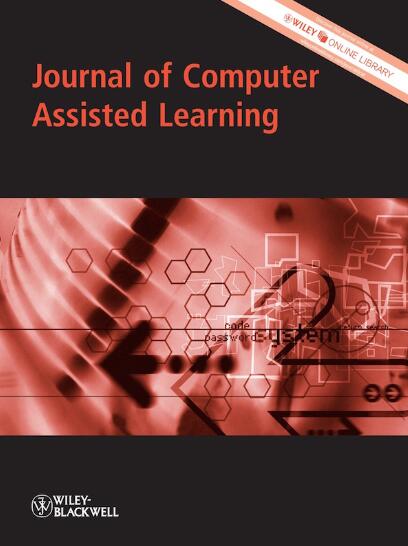Measuring (meta)cognitive processes in multimedia learning: Matching eye tracking metrics and think-aloud protocols in case of seductive details
Abstract
Background
Both learning and problem solving are major goals of complex problem solving in engineering education. The order of knowledge construction and problem solving in learning through problem solving, however, has not been explained in current literature.
Objectives
To understand their relationships, this study compared the effects of different goal type orders on collaborative simulation-based inquiry in engineering problem solving.
Methods
In the study, 24 engineering undergraduate students worked in pairs to solve a wind tunnel problem using a computer simulation application. Process mining and epistemic network analysis were used to model the inquiry process and identify inquiry patterns based on the log data and discussion discourse.
Results and Conclusions
The results showed the goal type of first assigned subtask influenced the inquiry strategies of medium-performance learners most. In addition, the goal type of first assigned subtask had influence on learners' inquiry process. The learners assigned with a problem-solving goal subtask first (Problem solving goal-Learning goal condition) had more simulation trials and centered their inquiry discourse around clarification while the learners assigned with a learning goal subtask first (Learning goal-Problem solving goal condition) connected reflection with other inquiry phases more often. The findings of this study suggested assigning a learning goal subtask first in simulated-based complex engineering problem solving could be used as an idea-centered scaffolding, especially for medium-performance learners. However, low-performance learners would experience a “situate knowledge paradox” and needs extra guidance. It is important to monitor the knowledge construction process in complex problem solving, even when seeking a solution is the major task.


 求助内容:
求助内容: 应助结果提醒方式:
应助结果提醒方式:


